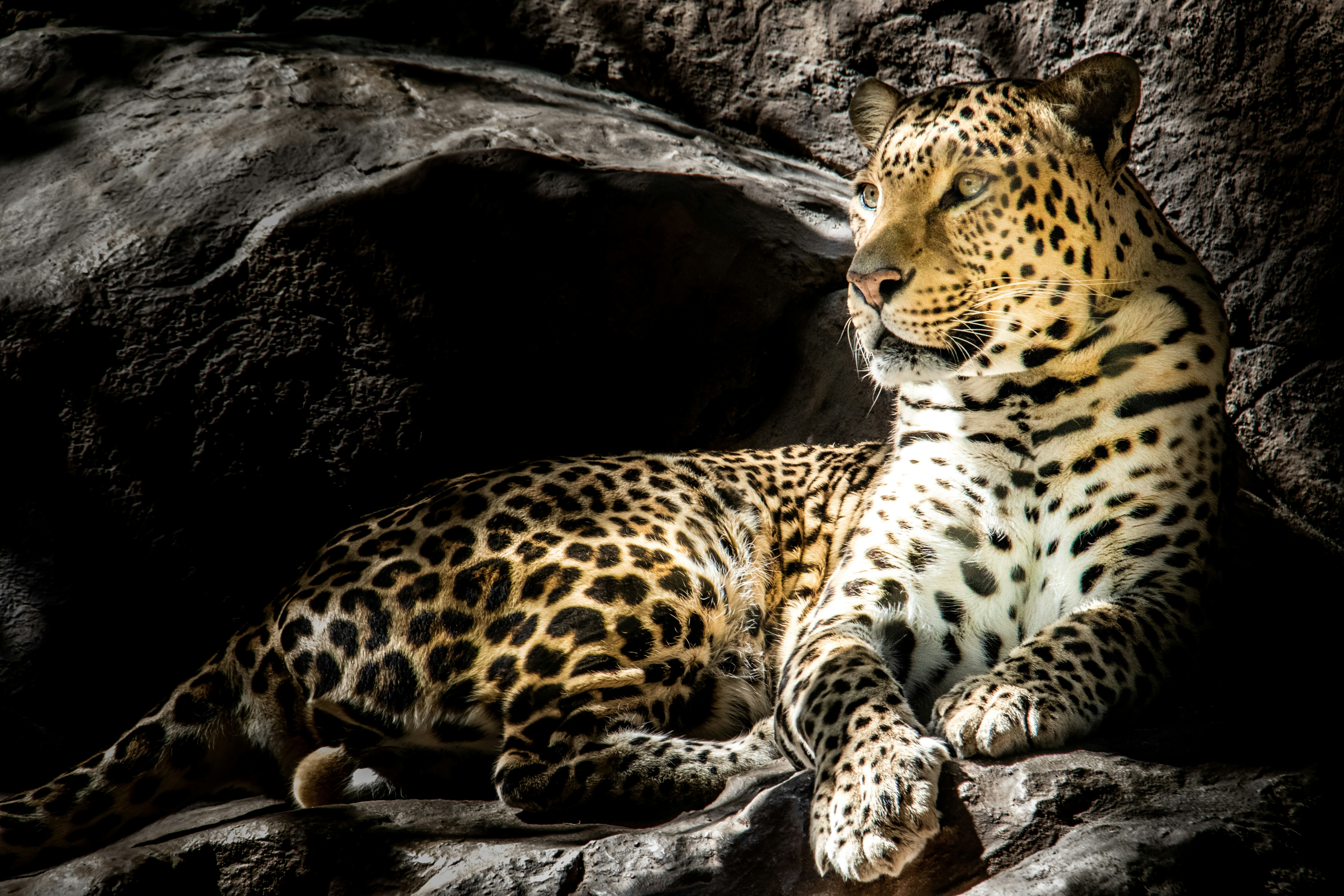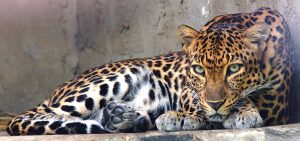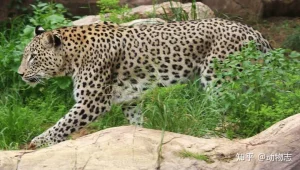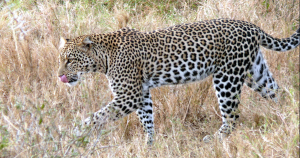
The Clouded Leopard: A Mystical Beauty of the Forest Canopy
The clouded leopard (Neofelis nebulosa) stands as a mesmerizing emblem of the enigmatic beauty that graces the dense forests of Southeast Asia. With its striking coat adorned with cloud-like patterns and hauntingly captivating eyes, this elusive feline species holds a unique place in the realm of wildlife.
Physical Characteristics
Masters of camouflage, clouded leopards possess a coat patterned with dark blotches and spots, resembling clouds against the sky, hence their name. Their tails, almost as long as their bodies, aid in balance as they gracefully navigate the treetops. Despite being smaller than their relatives like the leopard and the jaguar, they are agile climbers, adapted to arboreal lifestyles.


The Clouded Leopard: A Mystical Beauty of the Forest Canopy
The clouded leopard (Neofelis nebulosa) stands as a mesmerizing emblem of the enigmatic beauty that graces the dense forests of Southeast Asia. With its striking coat adorned with cloud-like patterns and hauntingly captivating eyes, this elusive feline species holds a unique place in the realm of wildlife.
Physical Characteristics
Masters of camouflage, clouded leopards possess a coat patterned with dark blotches and spots, resembling clouds against the sky, hence their name. Their tails, almost as long as their bodies, aid in balance as they gracefully navigate the treetops. Despite being smaller than their relatives like the leopard and the jaguar, they are agile climbers, adapted to arboreal lifestyles.
Habitat and Distribution
Endemic to the lush tropical rainforests of Southeast Asia, clouded leopards are found in countries like Nepal, Bhutan, Thailand, and Malaysia. They prefer dense forests with thick canopies, offering them ample cover for stalking prey and sheltering their cubs. However, due to habitat loss and poaching, their populations are increasingly threatened, leading to their classification as vulnerable by the International Union for Conservation of Nature (IUCN).


Behavior and Diet
Clouded leopards are predominantly solitary creatures, venturing alone except during mating season or when raising offspring. Their diet consists mainly of small mammals like monkeys, deer, and rodents, although they are versatile hunters capable of taking down prey larger than themselves. Their keen senses and stealthy demeanor make them formidable predators in their environment.
Conservation Challenges
The survival of clouded leopards faces numerous challenges, primarily stemming from human activities. Habitat destruction, driven by deforestation and urbanization, fragments their habitats, limiting their range and access to prey. Additionally, they face threats from poaching for their pelts and body parts, which are sought after in traditional medicine and the illegal wildlife trade.


Conservation Efforts
Efforts to conserve clouded leopards include habitat protection initiatives, establishment of protected areas, and anti-poaching measures. Conservation organizations collaborate with local communities to promote coexistence and raise awareness about the importance of preserving these magnificent creatures and their habitats. Research on clouded leopards’ behavior, ecology, and genetics also informs conservation strategies aimed at ensuring their long-term survival.
Conclusion
The clouded leopard, with its ethereal beauty and mysterious allure, embodies the rich biodiversity of the Asian rainforests. As guardians of these vital ecosystems, it is imperative that we strive to protect and conserve these elusive felines, not only for their intrinsic value but also for the well-being of the ecosystems they inhabit. Through concerted conservation efforts and global cooperation, we can secure a future where clouded leopards continue to roam the forests, symbols of resilience and natural wonder.



